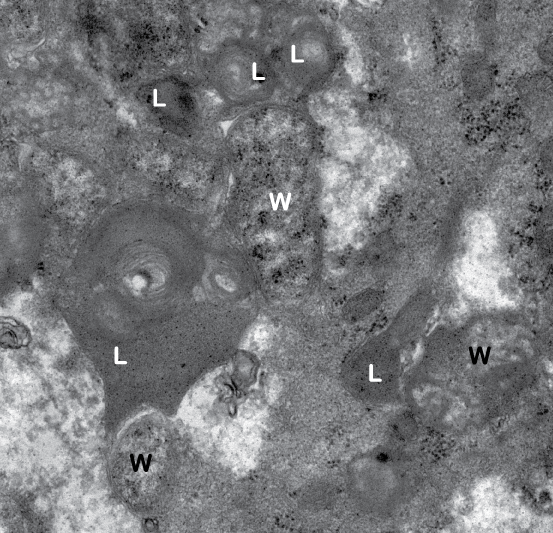IMAGE ARTICLE | VOLUME 1, ISSUE 1 | OPEN ACCESS DOI: 10.23937/2474-3682/1510001
Filarial Nematode that Induce Lymphatic Filariasis
Denis Voronin
Department of Radiology, Konya Training and Research Hospital, University of Health Science, Turkey
*Corresponding author:
Denis Voronin, Molecular Parasitology, New York Blood Center, 310, East 67th Street, NYC, 10065. NY, USA, Tel: 212-699-5229, E-mail: DVoronin@NYBloodCenter.org
Published: May 20, 2015
Citation: Voronin D (2015) Filarial Nematode that Induce Lymphatic Filariasis. Clin Med Img Lib 1:001. doi.org/10.23937/2474-3682/1510001
Copyright: © 2015 Voronin D. This is an open-access content distributed under the terms of the Creative Commons Attribution License, which permits unrestricted use, distribution, and reproduction in any medium, provided the original author and source are credited.
Parasite attacks its own symbionts. Elimination of Wolbachia, mutualistic endobacteria of filarial nematodes of medical and veterinary importance, by induction of authopahgy, parasite's intracellular defense mechanism.
The photo shows the direct connection of lysosomes (L) to Wolbachia-contained vacuole (W) without autophagosome formation during the induction of autophagy by RNAi specific treatment for Target of Rapamysin (TOR). Elimination of Wolbachia sterilizes filarial nematodes inducing apoptosis in developing embryos, decreases parasite's lifespan, and reduces the pathology of the infection (Figure 1). The new mode-of-action was discovered in the Liverpool School of Tropical Medicine (UK) to turn filarial parasites against its essential symbiont.
Figures
